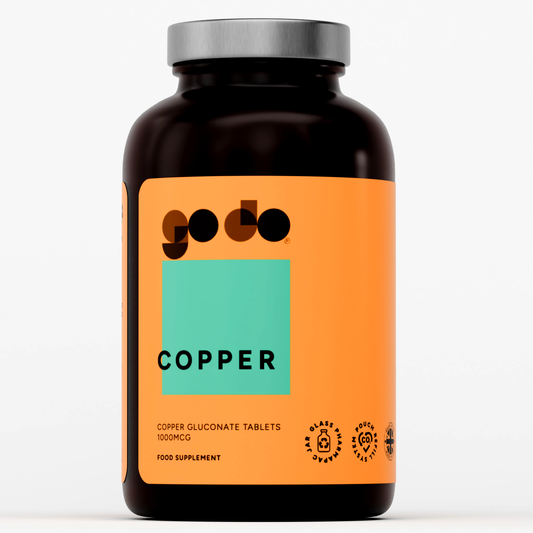
How to work out your personal EPOC level?
Introduction
The EPOC is the state described when the amount of oxygen consumed by the body following some exercise is in excess of the pre-exercise oxygen consumption baseline level. This means that the body uses more oxygen after physical activity than before it. So, the individual doing it has to expend more calories during the recovery period from the exercise.
Reason for the EPOCH condition
Why EPOCH occurs is due to the fact that after some exercise, the body needs to restore itself to its resting state. This means that the recovery phase requires some energy that is seen with an increase in calories being spent out after the exercise. Five processes occur during EPOCH which is as follows;
- Re-oxygenation of blood
- Replenishment of Energy Resources
- Decrease in body temperature
- Restoration of circulatory hormones
- Return to the breathing and heart rate to normal
Effect of exercise on EPOC
The high intensity or the longer duration of exercise tends to elicit the greatest EPOC response. Higher the intensity, the greater the magnitude and duration of the EPOC following the exercise. The intense workout or exercise is the main contributor to EPOC instead of longer exercise sessions.
The body takes 15 minutes to 48 hours to recover fully from the workout to a resting state. A few findings have revealed that EPOC can account for the post-exercise expenditure of 51 to 127 kilocalories. On the other side, the best exercise program recommended for promoting EPOC is a high-intensity work out against the low intense exercise over a long duration of time.
How to off-set EPOC
It is not a daunting task to ease of the effects of EPOC at all. There are a few good exercises that you can do for you to feel and breathe normally again. The exercises that include the whole body and require heavier amounts of resistance are best suited for you to do that will stimulate the metabolic response.
Types of exercises
- Sprinting: This exercise is one of the effective ways for initiating EPOC respectively. Springing helps to place a high demand on the entire body to perform increased emphasis on the quadriceps, core muscles, hamstrings and the gluteal muscles. A typical sprint workout involves running as fast as possible for 20 to 30 yards then resting for 30 seconds. This can be repeated at intervals.
- Bench Press: The bench press is meant to focus on triceps, pectoral muscles, deltoids and the upper back muscles. The bench press involves the use of an incline and flat bench to focus on the different areas of pectoral muscles. It will allow you to use different muscle groups that will help to stabilize the resistance during the movement to stimulate the response of the body towards the EPOC.
- Deadlift: The deadlift comprises the work and stress of different muscle groups. Such as the hamstrings, quads, lower back, gluteal, laterals, trapezius, rhomboids and the forearms. To perform a deadlift, you need to stand behind a barbell with your feet being kept hip-width apart.
You have to bend the knees and grab the bar using a shoulder-width distance. Just keep your shoulders back and chest up throughout the movement. Moreover, you have to lift the bar until you are standing straight as well.
- EPOC Exercise: This refers to those movements that involve the multiple big muscle groups that trigger EPOC effect after the workout. The big muscle groups that get targeted include hamstrings, chest, quads and the entire back muscles. They get stressed due to compound movements that result in high metabolic demand on the body.
Thus, being in and out of EPOC is not a big deal at all. By performing exercises after EPOC, you will not experience pangs of EPOC and appear normal again.











